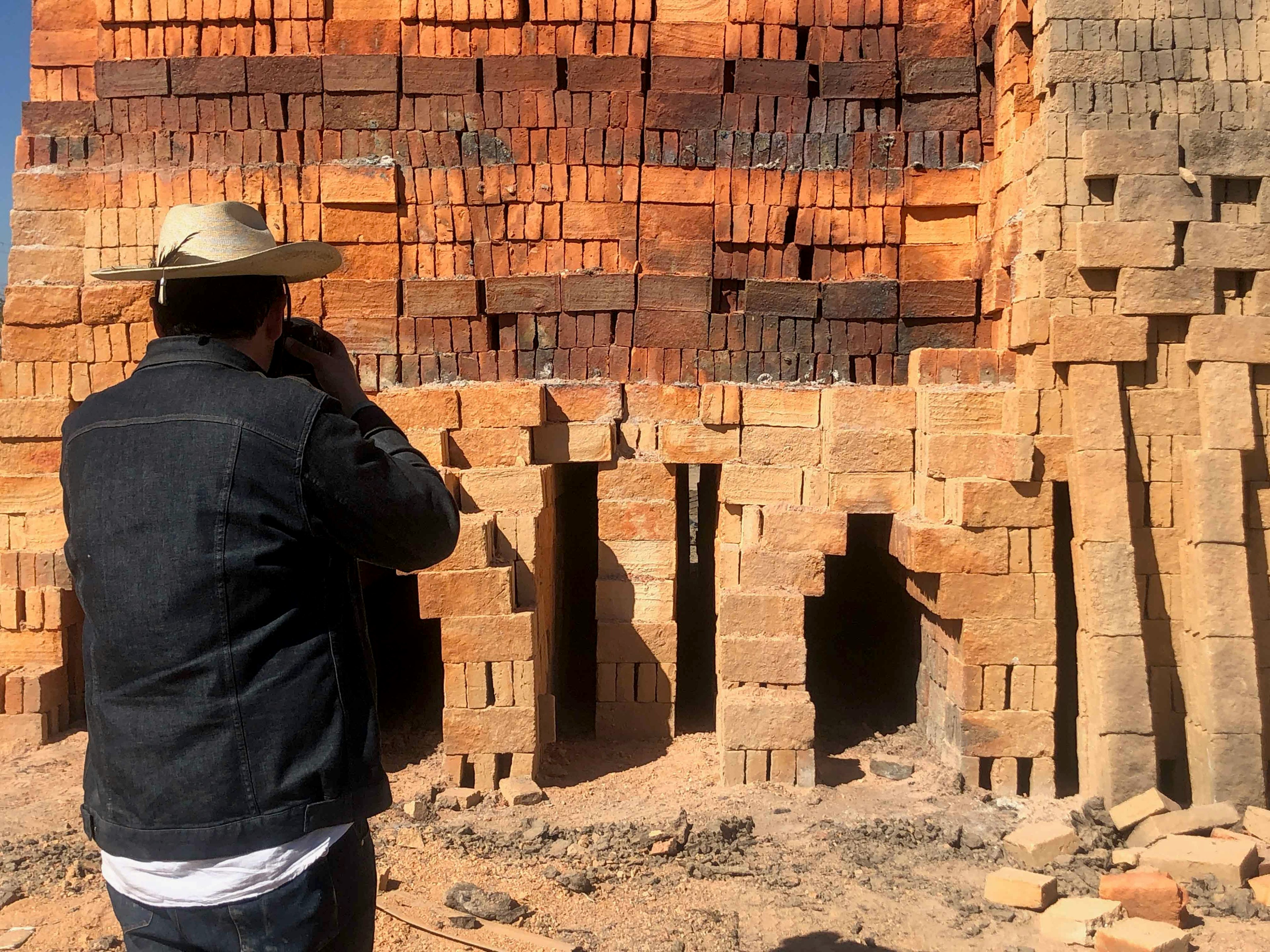Alejandro Almanza Pereda on the Making of his First Short Film

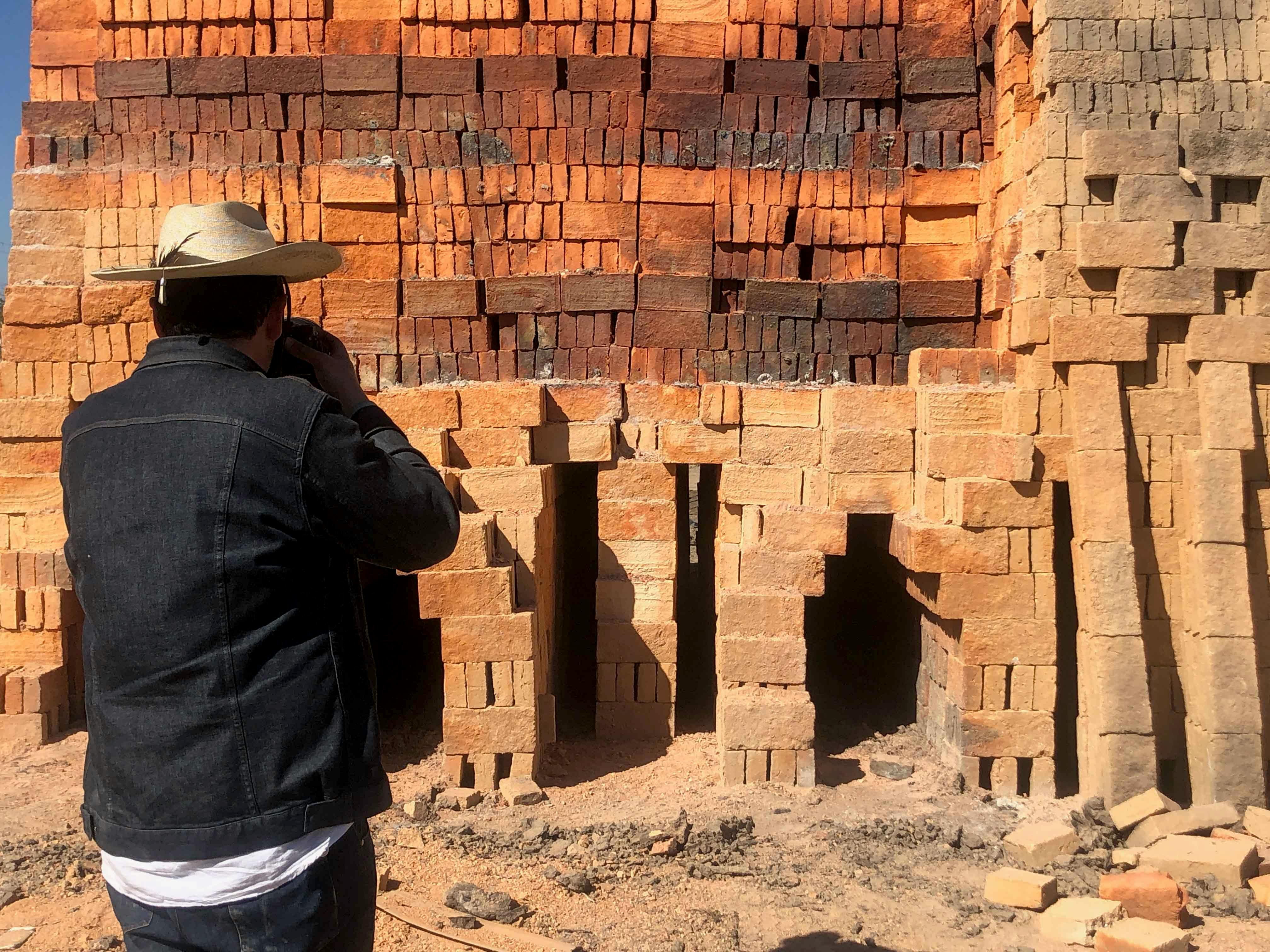
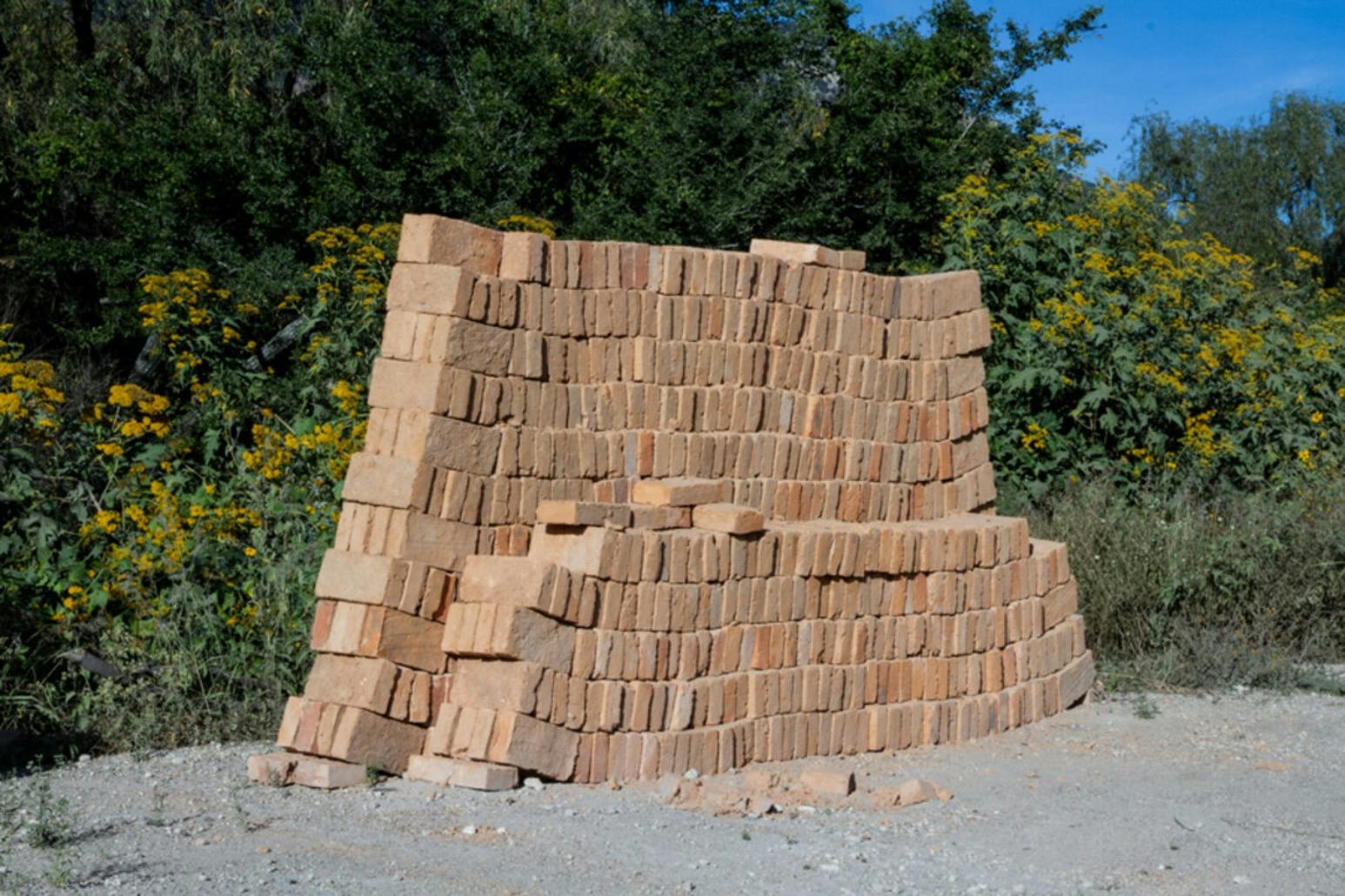
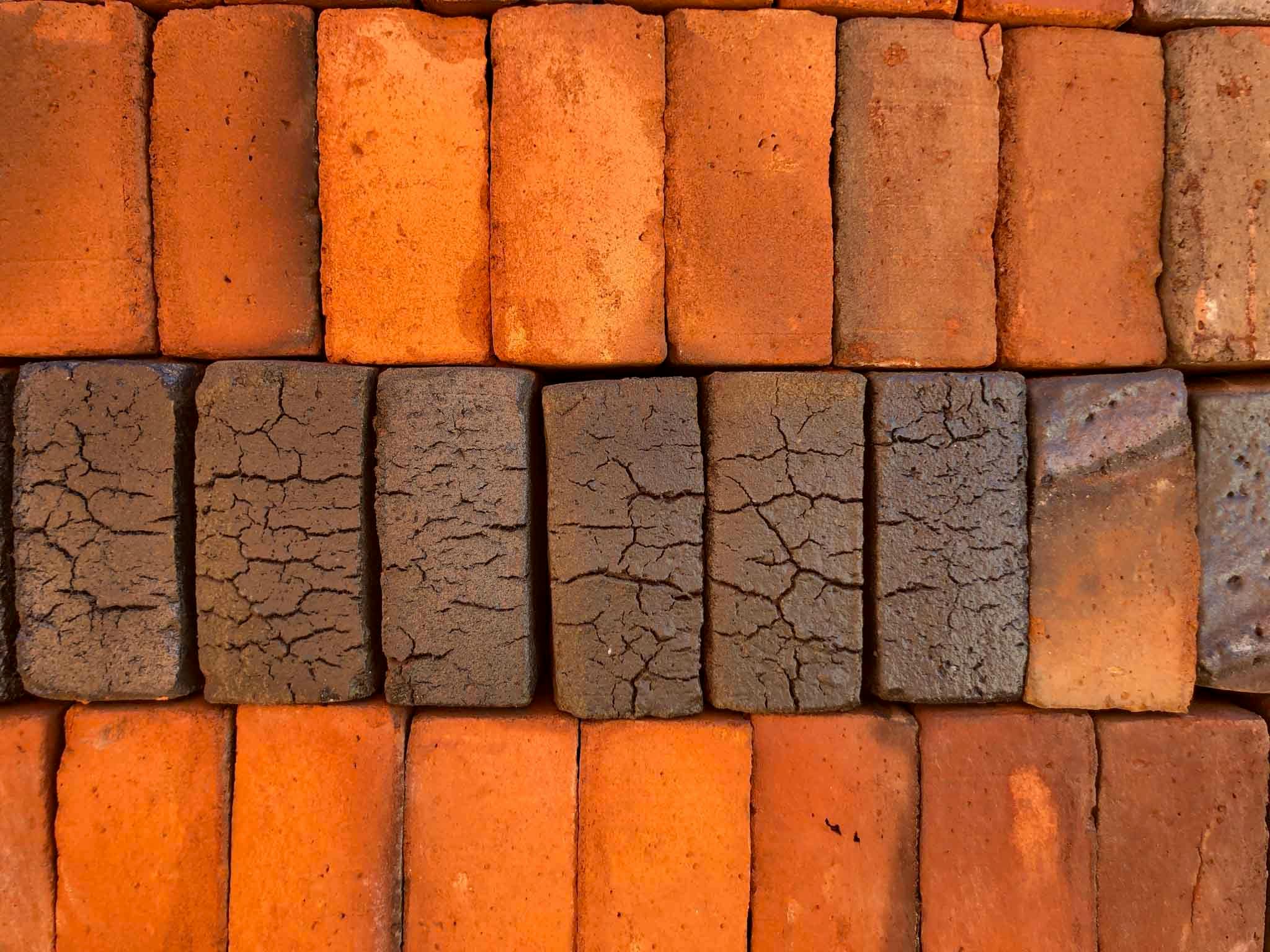
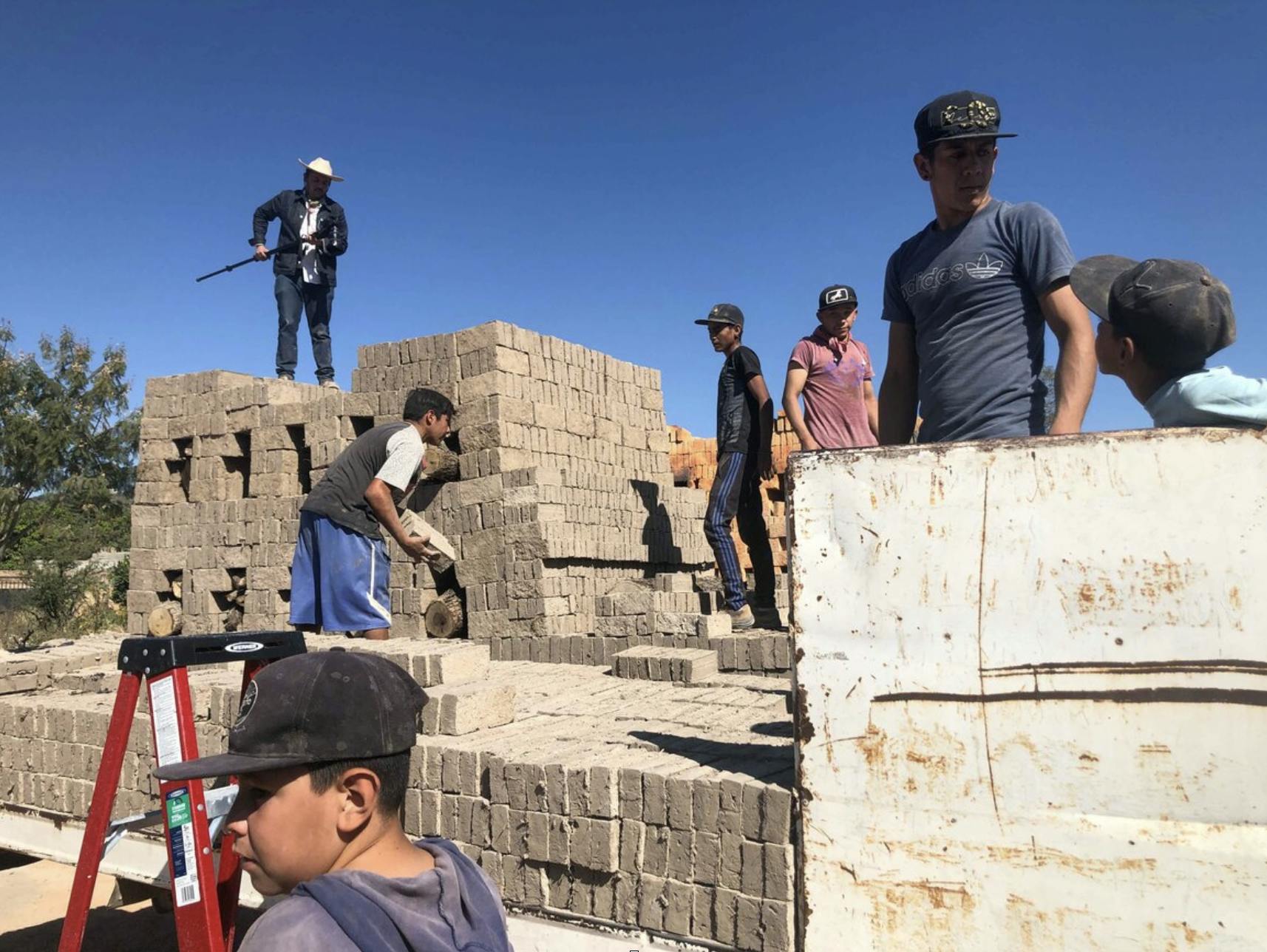
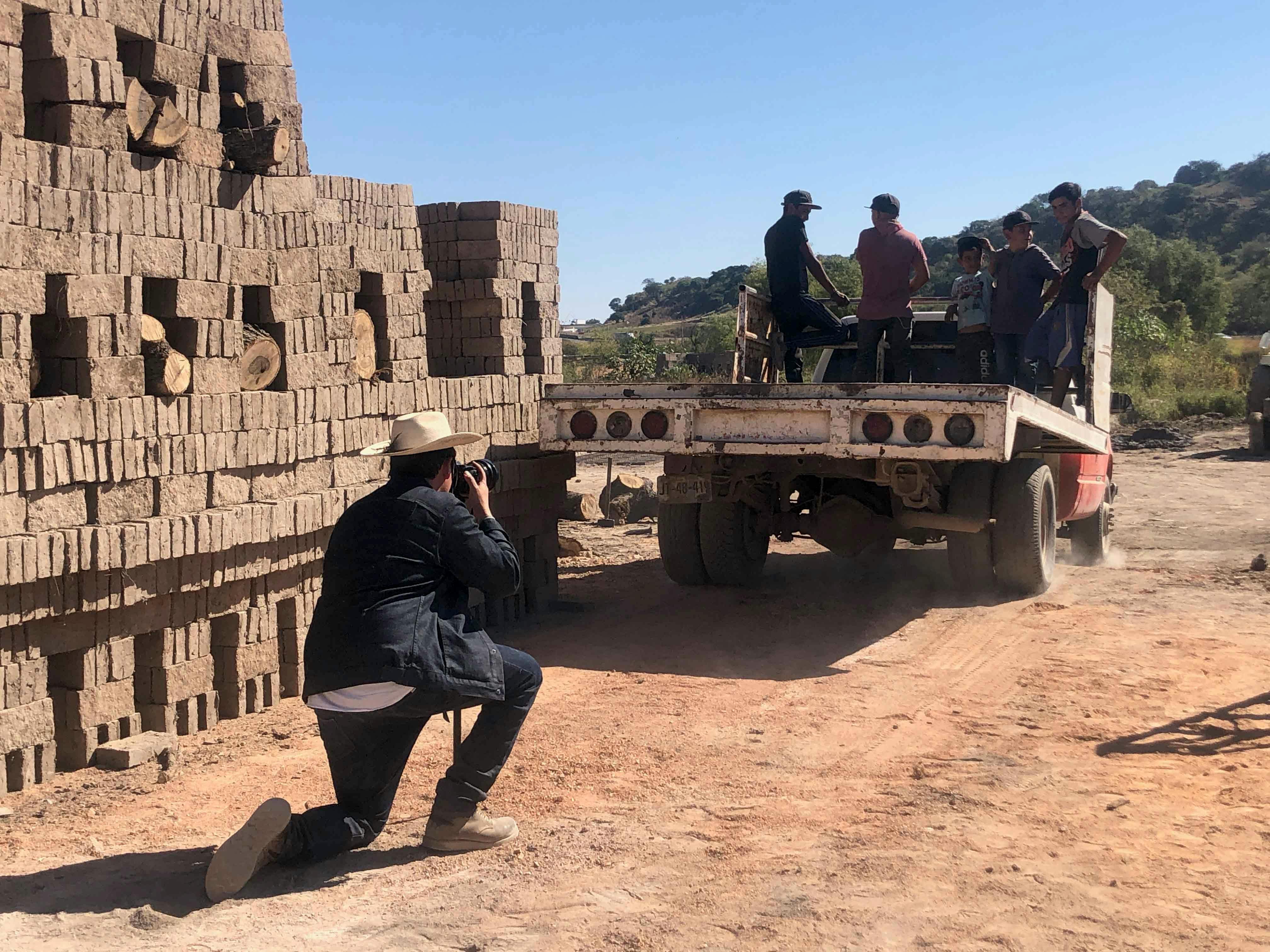

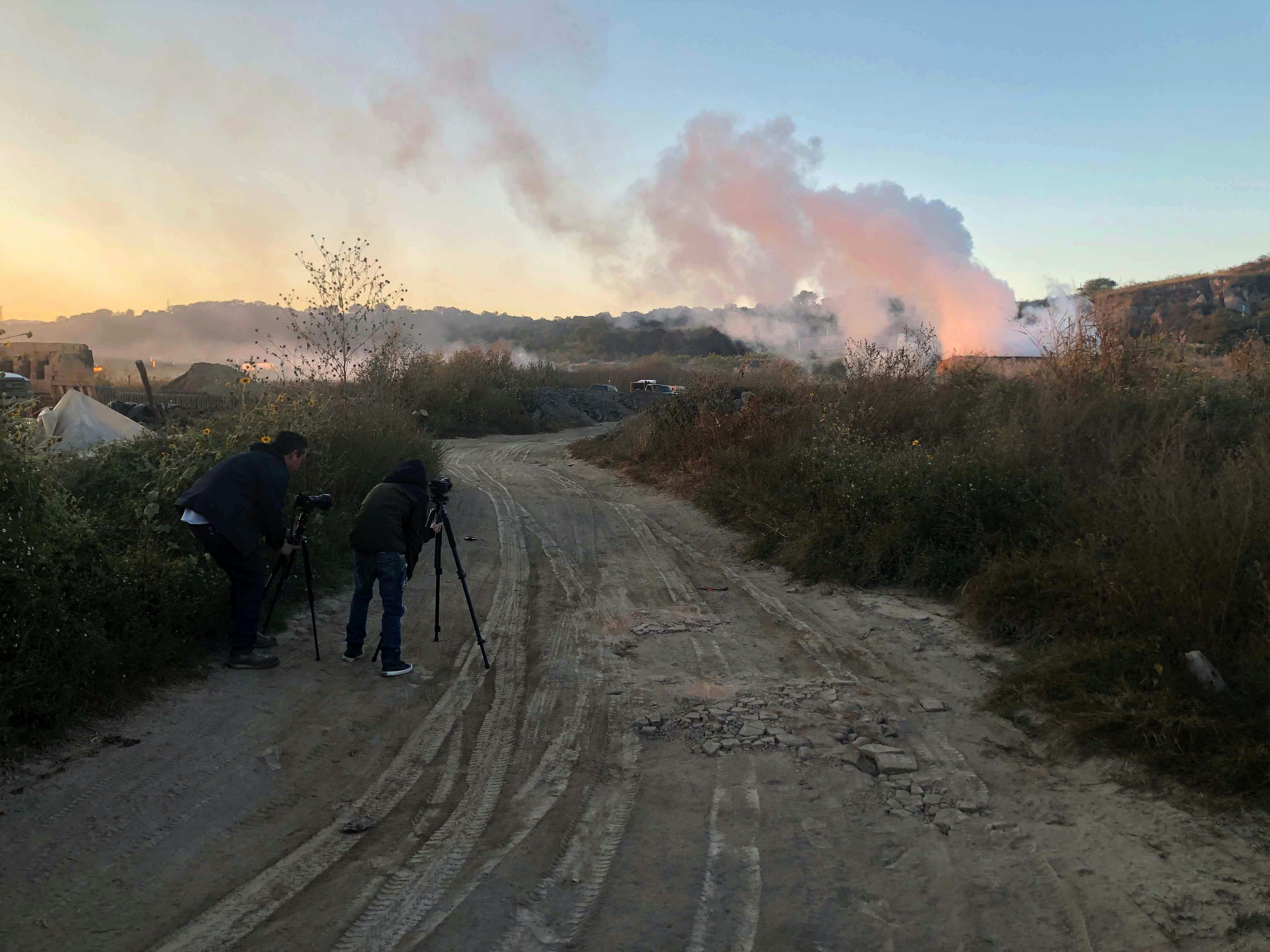
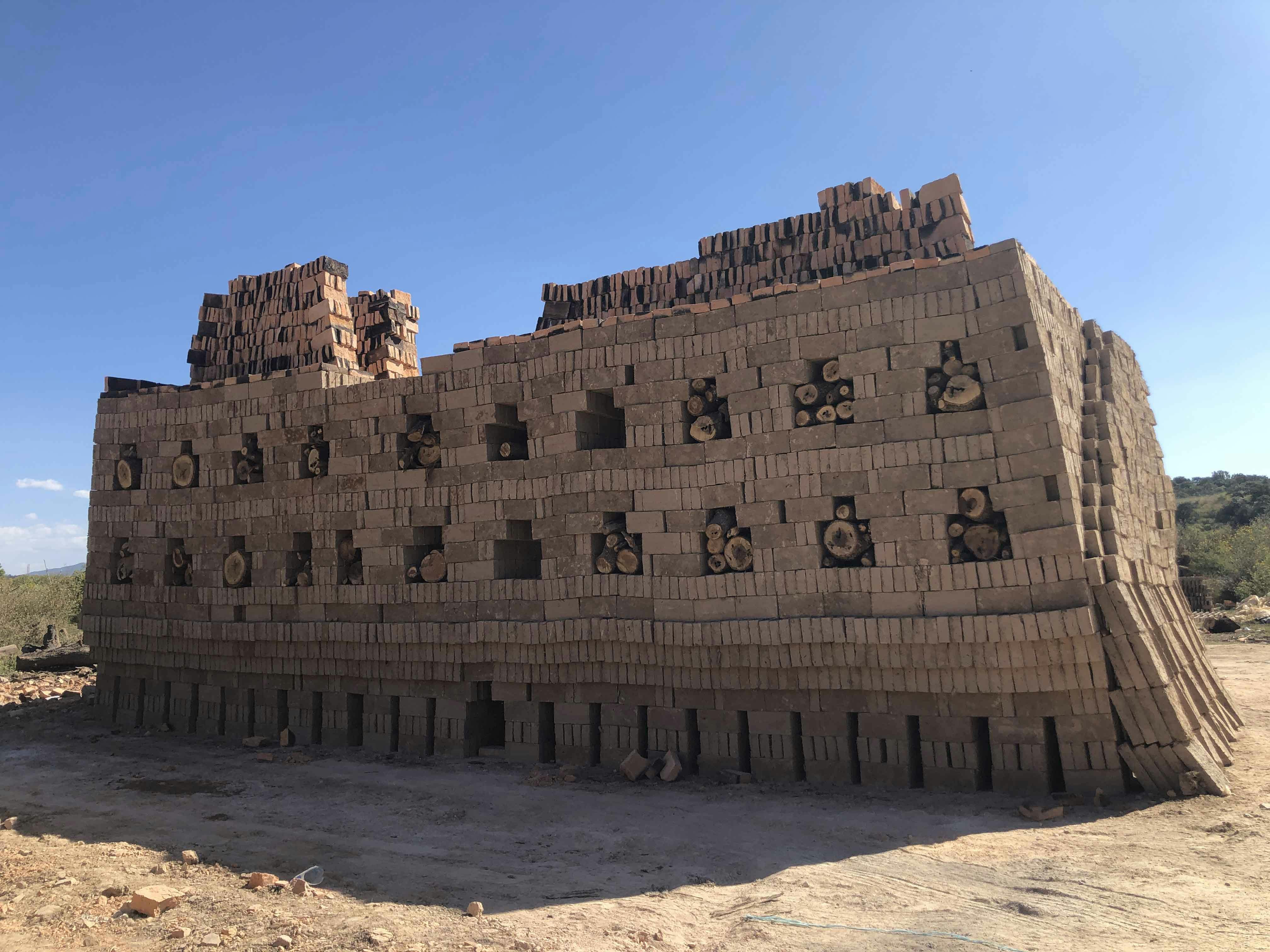
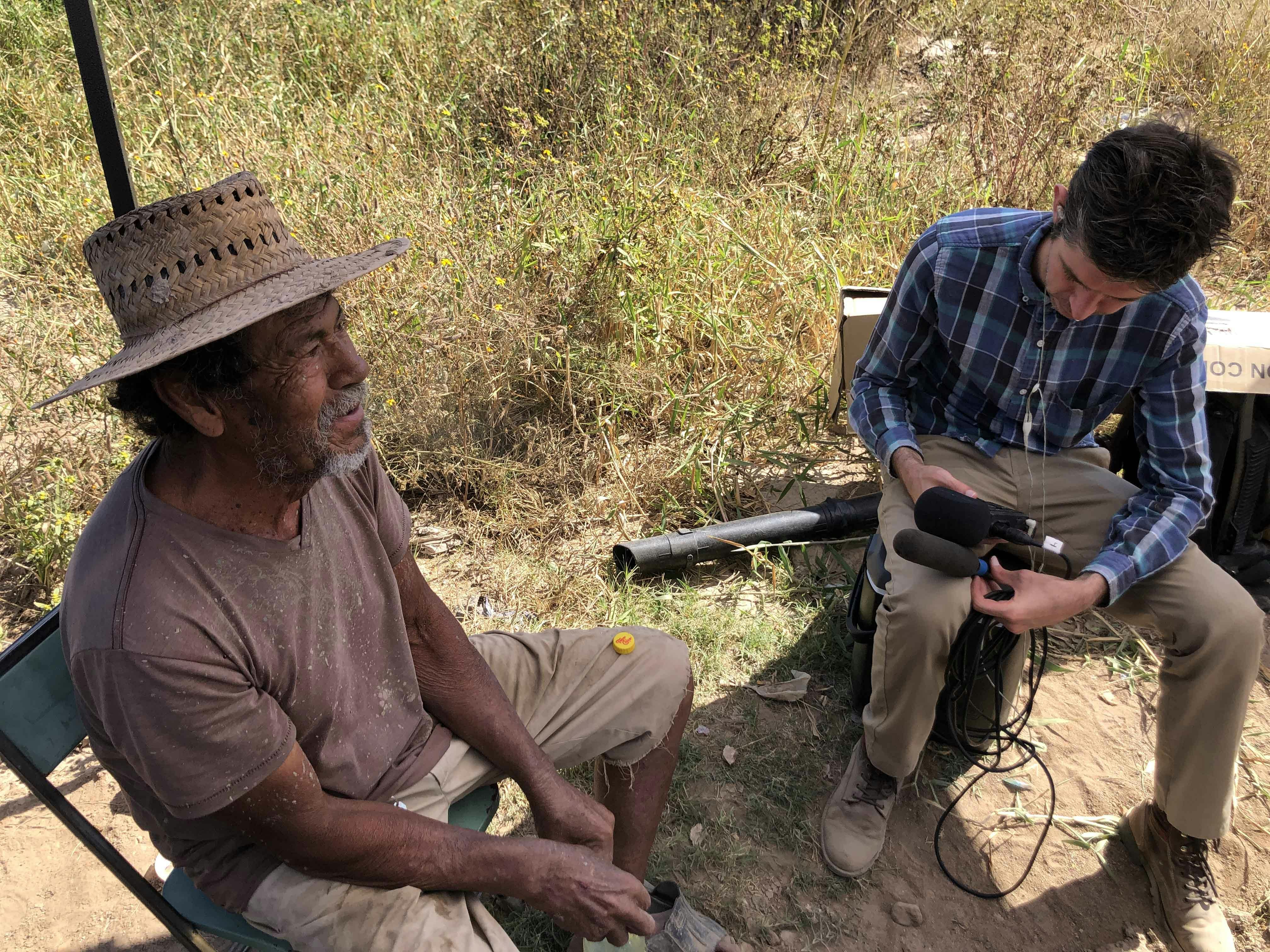
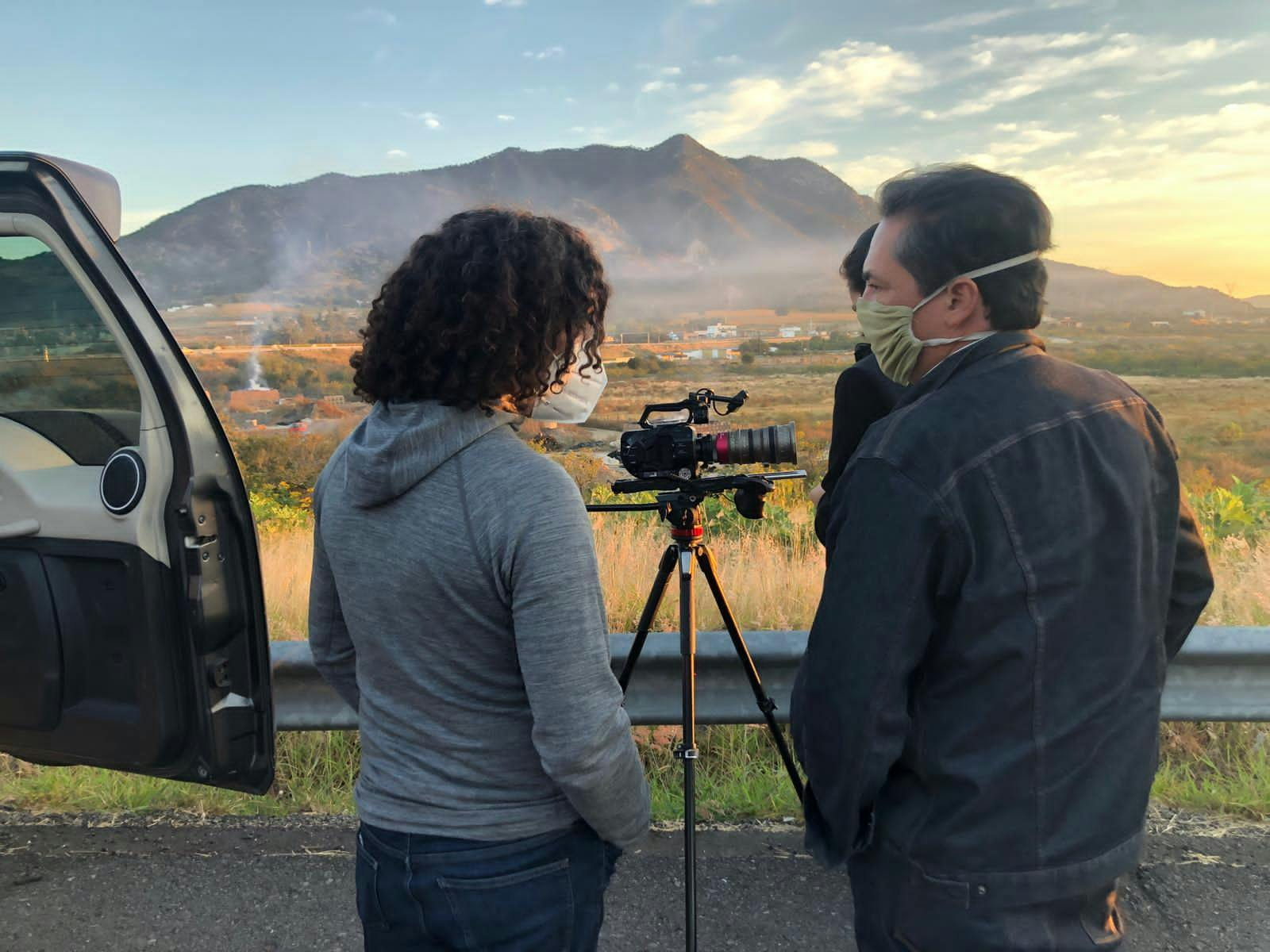
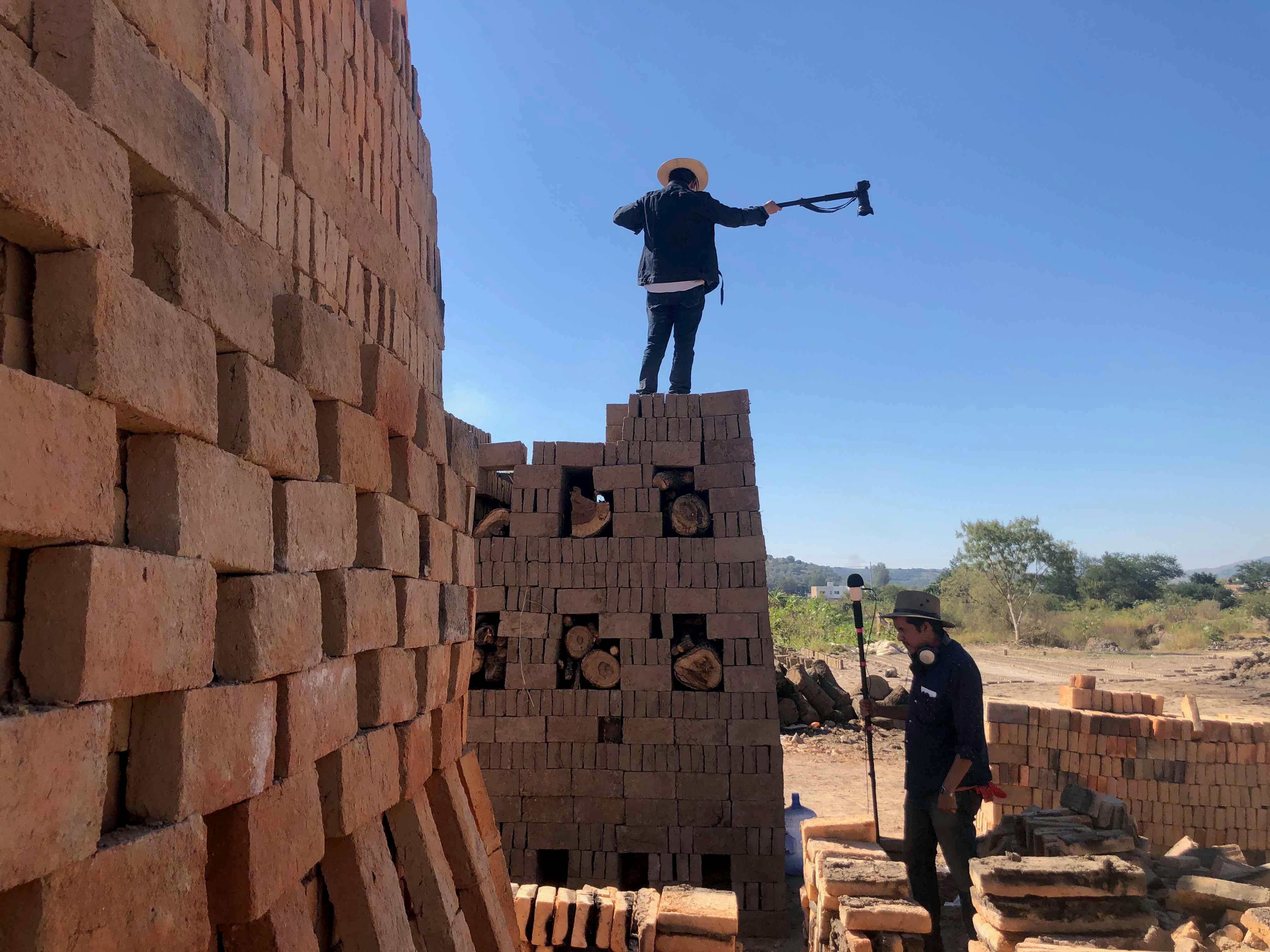

Black Cube’s Executive Director + Chief Curator, Cortney Lane Stell, interviewed 2018 Artist Fellow, Alejandro Almanza Pereda, about his fellowship project that took the form of a short film entitled De esos polvos estos barros. The film was produced in Magdelena, Mexico in 2020 and released in February 2021.
Alejandro Almanza Pereda on the Making of his First Short Film
Cortney Lane Stell: Can you tell us about your newly completed Black Cube Fellowship project, a film titled De esos polvos estos barros (those powders these muds)?
Alejandro Almanza Pereda: This work is a short film with an artistic perspective that focuses on the brick making process in the community of Magdalena, Jalisco. It is visually based on the handcrafting practice and the transformive life of materials that lead up to the production of a common brick.
CLS: How did you arrive at the concept for this work?
AAP: I grew up in a family of architects and engineers, and I spent a lot of my childhood exploring construction sites. I think it's because of this that I have always been interested in building materials and building techniques by construction workers. For this concept, everything started with the constant image of a pile of loose bricks called trinchera, which can be found all over Mexico near construction sites, roads, or empty lots. It’s something between a short wall and a pyramid. Whenever this shape is found, it announces a kind of change—the start of a building or an ongoing one close by, just like the monolith in the film 2001: A Space Odyssey.
Following the origin of bricks, I have travelled to different locations around Mexico, like Chihuahua or Cholula, where they are made using different techniques. One that grabbed my attention was Magdalena, where the kiln’s structure is temporary and made out of raw bricks, so when it’s done firing clay, it all comes to nothing. It’s an almost point zero cycle, because everything comes from and returns to earth, no residues are left.
CLS: Bricks are used in many types of metaphors. Are you interested in the metaphorical qualities of this elemental object? If so, what does the brick symbolize to you?
AAP: The unit of space, a mundane object and material that has a solidity and staticity connotation, but also an active community life. It takes part in different structures. It wanders…since its first molding, standing to dry, stack, burn, move, and pile, until it finds a place on a wall. There it serves its purpose until it is discarded. It reminds me of a human’s lifespan.
The ordinary building seems artificial, homogeneous, so simple and cold that you might not notice it's made by human hands, where each brick is unique.
CLS: Bricks are one of the oldest known building materials. The first bricks were made of mud hardened by the sun in areas with warm climates similar to Magdalena. As I understand it, this age-old industry is changing rapidly in your region. Machines are replacing human labor imminently. What was your experience filming this work at this moment in time?
AAP: It’s amazing that even when home building and living has changed so much over the centuries, some brick shapes haven’t really. In the past, some distinct models were molded, such as pipes, roof tiles, or giant floor tiles. Apart from that, minimal changes occured in the fabrication process.
No one really knows about the future of this labor. During the different visits to Magdalena, brick workers told us about “the machine” that was about to arrive. They described a new technological device capable of making far more bricks than they ever could by hand per minute. They see this with optimism, as some significant help and improvement in production. I was simply astonished.
For decades, cinder block seemed to be the threat of clay brick. It's now widely used and low cost because of its industrial process. But still, the clay brick is more thermal, long lasting, and has significant attenuation, so it makes it unreplacable, to the point where now its normal to see a mix of both materials in buildings, clay brick is kept to prevent earthquake damage.
Still, there’s a significant environmental impact issue. While brick factories use gas and electricity, artisanal kilns use cedar wood, which is unfortunately taken from far away woods in an apparently furtive way. The government has failed in regulating proper fuel sources, to the point where you can even find tires, diesel, and burnt oil used to cook bricks in some places.
CLS: You have made several videos in your career, but this film marks a different approach to the medium. How is this project a departure from your earlier works? How did this new development evolve?
AAP: Video art is a totally different media than film. For this project, the necessary planning was exhaustive and more precise, less improvisation and chance. Though, I think I always have had a filmmaking mind, so I felt very enthusiastic about this challenge. In my earlier video works, I’m somehow featured as the maker, the puppeteer, or performer of the theater of materials. But here, I’m the observer or voyuer. I work, expecting and selecting what I can portray, to try and tell a story.
Since I started making art, I developed an observer profile and photographic archive, taken while wandering and catching all the motifs that caught my eye, mostly related to material, constructed using human skills and problem solving. I prefer to take pictures, rather than keep a sketchbook or artist diary. Currently, I maintain this habit by sharing a profile on Instagram (@totalkthewalk). I think these processes have changed my artistic sight, probably evolving it into a different state.
CLS: In this film, you focus on the transformation of earth seen in the traditional Mexican brickmaking process in Mexico—where dust and earth are formed into clay, then fired to become a brick. Can you explain the alchemical process found in brickmaking?
AAP: Thousands of years ago, Magdalena was an enormous lake, the second biggest in Mexican territory, and it was the settlement of Teuchitlán prehispanic culture (around 550 to 450 B.C.E.), but in the modern era (around 1930s) it dried up. This made the land rich in fertile and virgin clay, discovered as perfect for brick ceramics. Up until now, some workers often find ancient obsidian spare tips or stonework artifacts.
During the brick making process, many materials radically change their condition, qualities, and function. A clear example is the marrana, a detritus fiber from the heart of an agave plant, discarded after squeezing it from the process of tequila distillation, made in big quantities in the nearby town. This material is gathered by brick workers to strengthen the clay mix and improve cohesion. This material also became abundant and therefore usable with the industrialization of tequila. It is said that before, grass and manure from animals were used.
Magdalena is rich in precious rock deposits. The extraction of opal gems is very precious in the local economy and brings many people from all over the world for its business, while obsidian is easily found throughout the region. While this makes it a priceless rock, brick workers have to deal with the physical danger of cutting their hands when molding clay, because of the abundance of sharp obsidian. When tiny pieces make it to the final mix, it can change color or deform bricks.
Finally, clay is always changing when mixed with water, heat, and steam, molded and melted, creating awareness of the infinite transformation of nature by human labor.
CLS: I find myself thinking about transformation and impermanence with this work. It almost seems ironic given the subject of the brick, an object often associated with permanence and rigidity. I see this as a continual theme in your practice of defying the inherent properties of materials. Do you agree that this work challenges common perceptions of the material?
AAP: There is a popular Spanish saying that goes, “in a blacksmith's house, there is a wooden knife.” So for me, there is no common perception of materials, but subjective perception of all materiality. There's also a hidden life of objects and materials. Magdalena is a brick fortress, but still, workers build tents for resting made out of scrap and plastic bags; somehow transitory, like the kiln itself. This might sound like a contradiction, but maybe it's just a matter of material perception.
CLS: To produce this work, you worked closely with the community of Magdalena and a film production crew. What was the behind-the-scenes process like? Was the community receptive?
AAP: I made several visits to the location for over a year before the film, so I established some kind of relationship with the workers and their small community. They were amazingly receptive and warm, always supporting the idea and asking why I thought their work was important to be filmed, somehow amazed. This made things more comfortable when I arrived to film with the whole crew. Still, while we were there we just silently wandered, never interfering with the worker’s job.
I gathered a small team to manage the project. I explained to three cameramen, apart from myself, to do the same kind of takes, but still each ended with a personal vision. This created an amazing result.
CLS: Lastly, what was your experience working with Black Cube? Your Fellowship underwent many twists and turns, from changing locations to proposing a completely new project under the lens of the pandemic. Was this Fellowship a common or unique experience for you as an artist?
AAP: Unpredictable artistic processes and change are natural to me. I believe the great patience given by the institution’s team was outstanding because it showed the comprehension of the project's nature. Personally, I learned so much about commiting to a plan and embracing adversity amid sudden shifts. Black Cube is an extraordinary institution—it does not follow common planning, but instead organically and warmly, together and deeply, becomes involved in each project. Outstanding.
